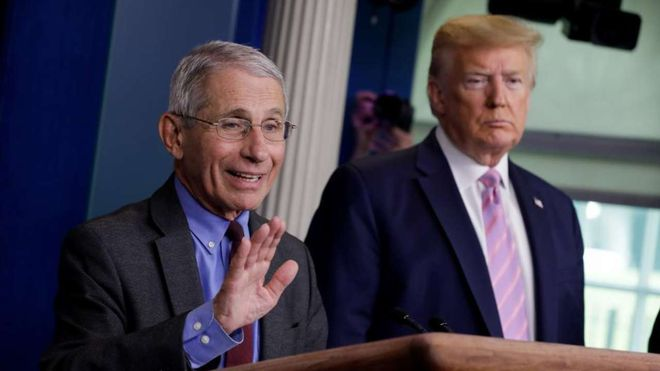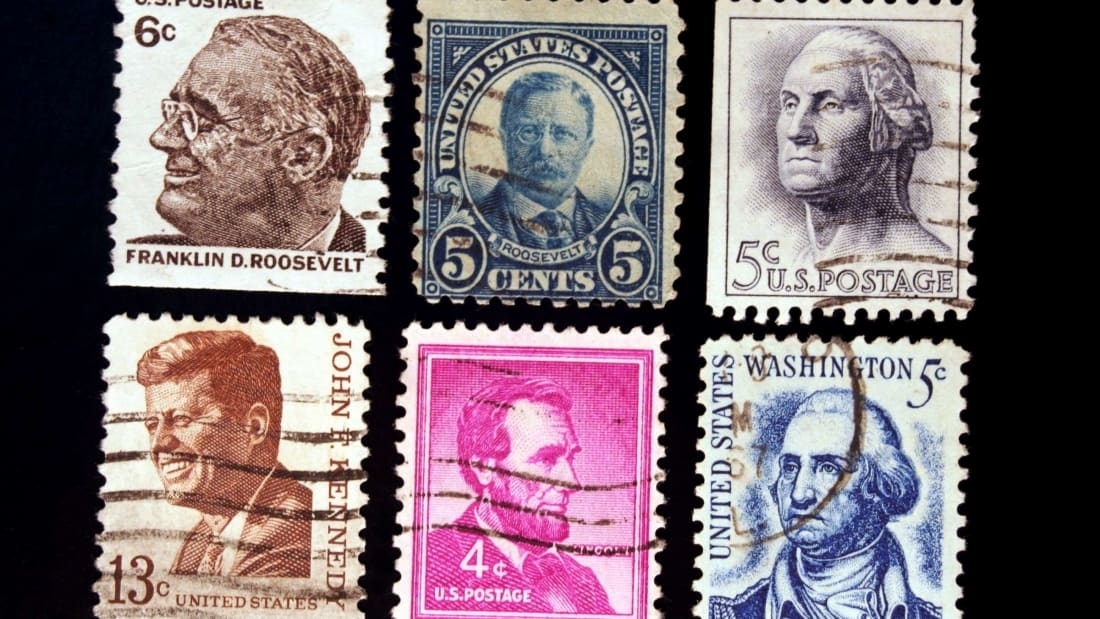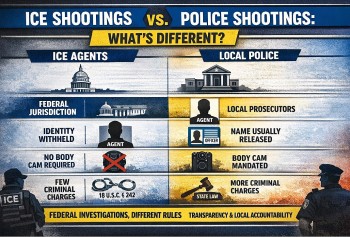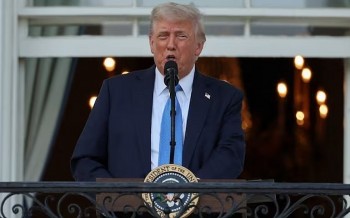Top 10 States In The US With Highest Number of Federal Workers
 |
| Top 10 States In The US With Highest Number of Federal Workers |
| Table of Contents |
What are federal jobs?
Federal employment exist within the three departments of government: executive, legislative, and judiciary. Some federal jobs include working as a politician, for a politician, or in the military. Many federal jobs benefit people, including those in food safety, emergency care, criminal justice, and science. Federal positions often offer competitive compensation and long-term employment, so seeking one might lead to a rewarding and stable career.
What does a federal employee do?
Federal employees contribute to the government's operation and delivery of services to citizens. There are numerous types of occupations for government personnel that are accountable for specific actions and initiatives. Here are the categories of government occupations and the titles that certain personnel may hold:
Administrative federal personnel
Administrative federal personnel assist with tasks such as payroll, training new staff, and monitoring daily operations. They may work in offices or government buildings where policymaking and communications take place. Administrative government positions include human resources specialists, accountants, and program specialists.
Professional Federal Employees
Professional federal employees specialize in difficult areas of work such as policy analysis, budget assessment, and healthcare delivery. They can work in government offices or institutions with specialized practices, such as legal firms. Lawyers, financial analysts, and physicians working at government healthcare institutions are a few examples of federal professional jobs.
Technical federal personnel.
Technical government personnel work on initiatives that need complicated technology or concepts, such as product testing, scientific research, and public health issues such as disease prevention. They might work in government laboratories or research facilities that have the necessary equipment to do their jobs. General engineers, computer network administrators, and research scientists are among the technical jobs available at the federal level.
Blue-collar federal employees
Blue-collar government employees work on projects that involve physical labor and specific expertise, such as construction, HVAC repair, and housekeeping. These individuals can work in many locations in one day, such as government buildings or construction sites. Carpenters, cleaning workers, and welders are some examples of blue-collar federal jobs.
Clerical federal workers
Clerical federal personnel assist other government employees by doing administrative activities such as data input, document preparation, and facilitating communication between agencies or individuals. They often work in offices or government buildings that house politicians' offices. Administrative assistants, office clerks, and program support assistants are examples of clerical professions at the federal level.
Unspecified federal workers
Some government employees hold roles that require qualifications that do not fall into the categories listed above. These occupations may operate outside of government facilities and require frequent travel throughout the workday. Police officers, firefighters, and FBI special agents are among the federal vocations classified as nonspecific.
READ MORE: The Complete List of American Public Holidays in 2024
What are the prerequisites to become a federal employee?
To apply for government jobs, you must meet a few prerequisites. One of the key requirements for government employees is that they be citizens of the United States. Federal employees are likewise required to be at least 18 years old. There are exceptions to the age limit for candidates who are at least 16 years old and obtain their high school diploma or GED early, finish a vocational training program, or receive a signed statement of authorization from their school.
Another prerequisite for federal employees is that they meet the qualifications for the position they want to apply for. Qualification standards are the prerequisites for working a given position, which include past professional experience, educational background, professional training, and licensure or certification. Most federal jobs have distinct qualification standards, so it may be beneficial to investigate the specific government career you're interested in before applying to verify you meet any qualification requirements.
READ MORE: U.S 2024 Bank Federal/State Holidays: Full List of Dates
How many people work for the US federal government?
As of September 2023, the US government employment consisted of 2.95 million employees.
From January 1939 to January 1944, the federal workforce more than tripled in size. It peaked at 3.1 million in 1944, then fell before rising again in the 1950s. It expanded steadily throughout the twentieth century, reaching a peak of 3.4 million employees in 1990. By 1999, that figure had dropped to 2.8 million.
| The federal workforce stayed largely steady for the first decade of the 2000s, reaching its most recent low of 2.7 million employees in 2014. It has increased slightly since then, but remains lower than in the mid-1990s. This workforce is smaller than most US industry workforces, but larger than some, such as utilities and mining. |
How has the federal workforce expanded?
Federal employees work in departments or agencies that fall under one of the three parts of government: executive, legislative, or judiciary.
In January 1939, the Bureau of Labor Statistics (BLS) counted the number of federal employees, which totaled around 912,000. By January 1944, the number had more than tripled to 3.41 million, marking the largest documented expansion of the government workforce.
Between 1929 and 1945, the United States was dealing with the Great Depression and World War II. In response to the Depression's economic turbulence, former President Franklin D. Roosevelt launched the New Deal, which formed numerous new federal agencies—and required personnel to staff them. Some of the agencies established during this time period are still in operation today, such as the Social Security Administration and the Federal Deposit Insurance Corporation.
The most recent aberration in federal employment figures occurred in 2020, when the number of federal employees surged from 2.86 million in January to 3.19 million in August, when the agency hired temporary Census workers. By December 2020, the federal workforce had restored to 2.89 million.
Between January and August 2023, the number of government employees increased by 75,000 persons.
How much of the population works for the federal government?
At the end of 2022, the federal government employed 2.87 million people, accounting for 1.9% of all US employment.
Since the Bureau of Labor Statistics began collecting data in 1939, the share of all federal employees has decreased by one percentage point. In January 1939, there were 900,000 government employees, or 3.0% of the country's workforce.
How do federal employment figures compare to other industries?
The federal employment is comparable to that of the information business (publishing, broadcasting, and telecommunications), which employs little over 3 million people. Education services (schools, colleges, universities, and training centers) is the next-largest industry in terms of workforce, with roughly 3.8 million employees.
The main industries in the country in terms of workforce size are leisure and hospitality (15.8 million people), state and local government (19.3 million), healthcare and social assistance (20.6 million), and professional and commercial services (22.6 million). Professional and business services encompass a wide range of activities, including scientific and technical services, company and enterprise management, administrative and support services, and waste management and disposal.
Federal Employment by Department
Department of Veteran Affairs
Veterans Affairs is the federal government's largest department. This department employs around 16% of the total federal government workforce. Currently, this department employs 285,735 permanent personnel.
The Department of the Army, Navy, and Air Force
The largest departments in the federal government are the Army, Navy, and Air Force. These are three distinct and autonomous offices that collaborate under the federal government umbrella. Currently, the Army is the largest, with 244,891 personnel; the Navy is the second largest, with 191,403 people; and the Air Force is the smallest, with 167,877 employees.
Department of Homeland Security
The Department of Homeland Security is one of the federal government's largest agencies, with more workers than the Department of the Air Force. The Department of Homeland Security employs a total of 172,848 individuals.
Department of Justice
The Department of Justice falls under the Judicial arm of the federal government. This department alone employs 113,490 people at the federal government level. This comprises jail officers, criminal detectives, and lawyers.
Department of Treasury
The Department of Treasury, which employs 108,110 permanent personnel, is in charge of safeguarding the country's investments, money, trusts, and interest rates.
Department of Defense
In addition to the military branches and agencies, the federal government maintains a Department of Defense. This department employs 85,579 persons at the federal level.
Department of Agriculture
Despite being one of the smaller departments in the federal government, this department plays an important role in keeping our plants, animals, and food supplies healthy and plentiful. It's better known as the USDA. The Department of Agriculture employs 86,562 permanent and 21,729 temporary workers.
Department of Health and Human Services
The Department of Health and Human Services is responsible for ensuring optimal health throughout the country, building systems, and administering human services throughout the United States. It employs around 83,202 individuals, with 59,905 regular personnel.
Department of Transportation
The Department of Transportation contributes to the maintenance of the United States' airways, rails, roads, and bridges, ensuring that tax dollars are distributed to appropriate projects to strengthen the country's overall infrastructure. The Department of Transportation employs 56,508 individuals.
Department of Interior
The Department of the Interior manages the country's natural resources, such as its National Parks. The Department of Interior employs 58,416 workers around the country.
Other small agencies and departments
The federal government also includes other smaller agencies, such as the Department of State (22,120), the Department of Energy (15,936), the Department of Education (4,082), the Department of Commerce (41,103), and the Department of Housing and Urban Development (9,442). These agencies collectively employ an additional 92,683 federal employees. The federal government employs over 2.1 million people.
10 states having the most federal workers
1. California – 172,553
2. Virginia – 155,682
3. Maryland – 149,673
4. Texas – 148,453
5. Florida – 99,212
6. Georgia – 80,042
7. New York – 68,579
8. Pennsylvania – 68,300
9. Washington – 60,250
10. Ohio – 54,483
| The remaining states' federally employed populations range from the eleventh on the list, Illinois, with 48,023 employees, to the last, New Jersey, with 3,303. One issue that arises is, what do the top ten states have in common that would explain their large amount of federal employees? Active duty populations are one affecting element. Most states with a large active duty population also have a high proportion of government employees. |
How much do government employees make?
Federal occupations frequently offer good remuneration. While salaries vary by government job, most federal employees are well compensated and get employment benefits such as 401K, paid time off, and health care. Here are some samples of average pay for government jobs. For the most recent Indeed salary information, please click on the link for each job title below.
Support specialist: $57,893 annually.
Administrative assistants earn $58,688 per year.
Annual salary for systems administrators: $63,626.
Operations officer: $76,694 per year.
Program officer: $88,544 per year.
IT technician salary: $99,048 per year.
Intelligence specialists earn $109,025 per year.
Attorneys earn $127,052 per year.
Public health nurses earn $127,987 per year.
Division director salary: $173,933 per year
Conclusion
Working for the federal government has numerous perks, including a respectable wage and the opportunity to effect change. Many federal employment can endure for several years and are in high-demand industries, providing considerable job security.
 Who Gets the Highest Salary in the US Government? Who Gets the Highest Salary in the US Government? Fauci is revealed to be the America's highest paid federal employee on $417,608 - after joking in interview with Matt McConaughey that he was 'just ... |
 Top 15 Highest-Paying Federal Government Jobs In the U.S Top 15 Highest-Paying Federal Government Jobs In the U.S There are executive, legislative, and judicial jobs available at the federal level. Being a politician, working for a politician, or working in the military are ... |
 How Many Presidents Are There In The U.S: Statistics and Facts How Many Presidents Are There In The U.S: Statistics and Facts To date, the US has had 46 presidents. How long did they serve for, and who are they? |
























